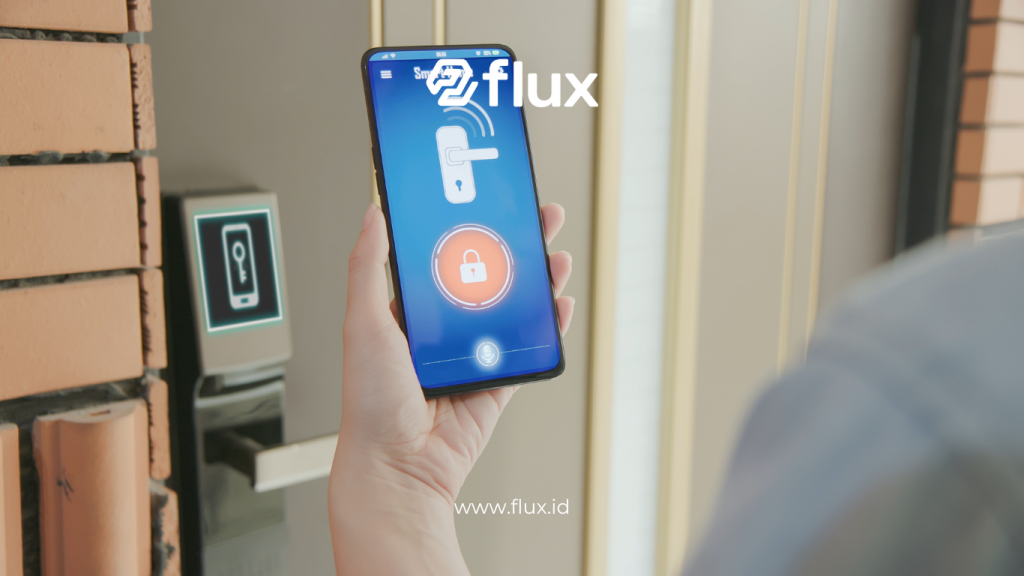Don't miss our holiday offer - 20% OFF!
Smart homes are transforming the way we live. From automated lighting to IoT-based security devices, this technology offers unprecedented convenience. However, it also brings privacy concerns that demand attention.
This article explores how IoT in smart homes affects your privacy and what steps you can take to protect your personal data from digital threats.
Contents
What Is IoT in Smart Homes?

Read More: Optimizing Your Home: How IoT is Transforming the Smart Home Concept
IoT refers to a network of devices connected via the internet, enabling data sharing and automation. Examples of IoT devices in smart homes include:
- Smart Speakers: Allow voice-controlled operations.
- Smart Locks: Enable remote door locking.
- Smart Thermostats: Automatically adjust room temperature.
While these devices offer convenience, their connectivity can expose users to privacy risks.
Privacy Risks in Smart Homes
- Excessive Data Collection
IoT devices often gather user data to improve services. If mismanaged, this data can be exploited. - Cyber Attacks
Unsecured IoT networks can become targets for hackers, exposing sensitive information. - Weak Security Features
Some IoT devices come with default passwords or outdated security features that are easily compromised.
How to Protect Your Privacy in Smart Homes

Read More: Bringing the Future to Your Home: The Advantages of IoT in Smart Homes
1. Choose Devices with High Security Standards
Purchase devices from reputable manufacturers with strong data protection policies.
2. Regularly Update Your Devices
IoT devices require updates to patch security vulnerabilities. Enable automatic updates if possible.
3. Secure Your Wi-Fi Network
Protect your Wi-Fi with a strong password and use WPA3 encryption for added security.
4. Limit Data Sharing
Adjust device privacy settings to restrict the type of data collected.
5. Use a VPN for Extra Protection
A VPN can hide your online activities and secure your internet connection from surveillance.
Real-Life Privacy Breaches in IoT
Several incidents highlight the vulnerabilities of IoT devices:
- Hacked Security Cameras: Many smart cameras have been compromised, allowing hackers to spy inside users’ homes.
- Voice Data Theft: Smart speakers may record private conversations and upload them to servers without user consent.
IoT Privacy Regulations
Governments in several countries have started regulating IoT devices to enhance data security. For instance:
- GDPR (Europe): Protects IoT user data in the EU.
- CCPA (US): Gives users greater control over their data.
However, these regulations still have loopholes that need to be addressed.
Conclusion
IoT in smart homes offers both convenience and privacy risks. As a user, you must take proactive steps to safeguard your personal data. By choosing secure devices, protecting your network, and limiting data sharing, you can enjoy the benefits of a smart home without compromising your privacy.





